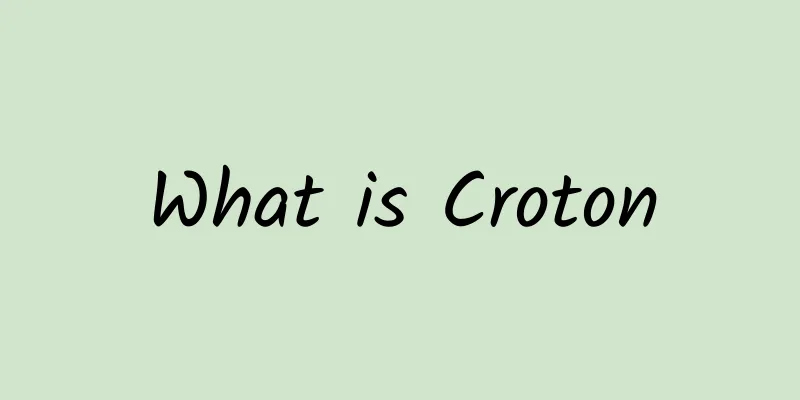The efficacy and function of Niaobuqi leaves

|
Niaobuqiye is a common medicinal material in traditional Chinese medicine. So what are the health benefits of Niaobuqiye? In what aspects of daily life is Niaobuqiye widely used? Let’s take a brief look at Niaobuqiye. 【English name】 Aralia decaisneana Hance [Source] Medicinal material source: The leaves of Aralia chinensis, a plant of the Araliaceae family. [Original form] Aralia chinensis; shrub, 1-5m high. There are sparse spines and yellow-brown hairs. The leaves are large, bipinnate, with a pair of leaflets at the base of the rachis and pinnae axis, each pinna has 7-11 leaflets, leathery; leaflets are sessile or have a petiole about 5 mm long, leaf blades are ovate to oblong-ovate, 8-15 cm long, 4-8 cm wide, acuminate at the apex, rounded to cordate at the base, with fine serrations on the edges, covered with yellow-brown hairs above and dense hairs beneath; 6-8 pairs of lateral veins. The flowers are large terminal round inflorescences composed of many umbels, 50-80cm long, densely covered with yellow hairs, and branches 15-40cm long; the umbels have flowers 30-80cm long, densely covered with yellow hairs, and branches 15-40cm long; the umbels have 30-50 flowers, about 3cm in diameter; the pedicels are 3-4cm long and covered with long hairs; the bracts are lanceolate, the pedicels are about 10mm long, all covered with long hairs; the flowers are light green and white, about 3mm in diameter; the calyx has 5 teeth and is glabrous; the petals are 5, triangular-ovate, and glabrous; the stamens are 5, and the filaments are about 2.5mm long; the ovary has 5 chambers, the styles are 5, separated in the upper part, and fused at the base. The drupe is spherical, berry-like, about 4mm in diameter, and has 5 ribs. Flowering period: August-September, fruiting period: October-November/ [Habitat distribution] Ecological environment: Growing in mixed woods at an altitude of 400-1200m. 【Nature and flavor】 Sweet; neutral 【Functions and indications】Calming the liver and detoxifying. Mainly causes dizziness and swelling [Usage and Dosage] For oral use: decocted in water, 9-15g. For external use: take appropriate amount and mash it for application. 【Excerpt】 Chinese Materia Medica In the above article, we analyzed the leaves of Niaobuqiye and knew that the functions and effects of Niaobuqiye are very wide. As long as we know more about the medicinal properties of traditional Chinese medicine, we will not panic when encountering diseases. |
<<: The efficacy and function of Nepalese iris
>>: The efficacy and function of rosary root and scutellaria baicalensis
Recommend
The efficacy and function of sea cucumber viscera
As for sea cucumber viscera, I think some people ...
The efficacy and function of Epiphyllum stems
As people's research on traditional Chinese m...
Pictures of wolfsbane
Everyone knows that wolfsbane is a Chinese herbal...
When the sound environment reaches this standard, the ears feel comfortable.
Produced by: Science Popularization China Produce...
A seasoning that makes all boiled dishes delicious, thank you Hainanese people!
In the past two years, more and more niche new pr...
The efficacy and function of Isatis indigo leaf
Isatis indigotica is not unfamiliar to everyone. I...
Effects and functions of Pimpinella foie gras
Leatherleaf anise is a very good medicinal materi...
Eating meat and dumplings during the Spring Festival is a spiritual "partner", why do people become smelly after eating them?
When eating meat or dumplings at home during the ...
What is the largest number you can think of? It turns out that counting is also a science
Ask a child what the largest number he can think ...
Today's Rain丨Good rain knows when to fall, it happens in spring
The spring rain is abundant, dyeing the stream gr...
The fate of a pig is determined by humans, not by the pig: the past and present of "pork belly"
Written by: Qi Zai Editor: Li Xuewei Today, I wan...
Beidou Navigation: The “Savior” and “Helper” of the Navigation Industry
Since the first artificial satellite was launched...
The efficacy and function of Hosta root
Everyone is familiar with the root of the hosta p...
The efficacy and function of butterfly grass root
The root of the Chinese herbal medicine butterfly...
How to clean Cordyceps before eating
How to clean Cordyceps sinensis? Since Cordyceps ...









